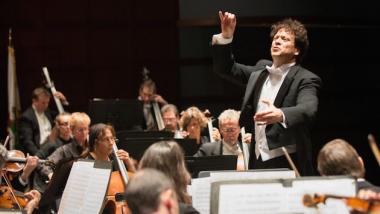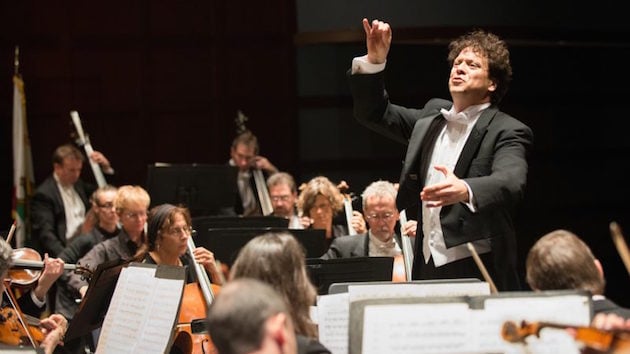
The opening program of the California Symphony’s season, which I heard on Sunday at the Lesher Center’s Hofmann Theatre in Walnut Creek, was one of those gratifying occasions where the newest work was the highlight of the program.
This was La Centinela y la Paloma (The Keeper and the Dove), written in 2010 by the noted local composer Gabriela Lena Frank, drawing on her Latinx heritage by setting texts, in Spanish, by Nilo Cruz. The program notes describe this as a song cycle, but it really isn’t. It’s a succession of single-character operatic recitative scenas. The success of this in performance depends almost entirely on the singer’s ability to portray character in music.
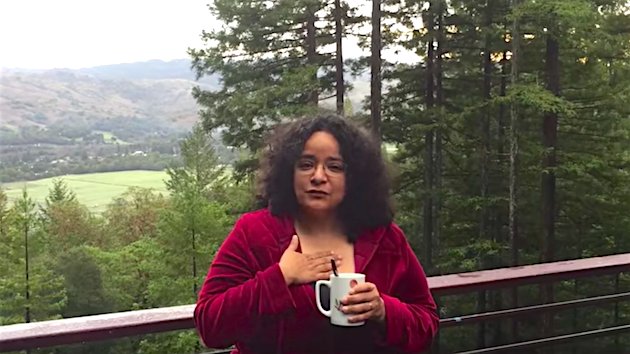
In mezzo Rachel Calloway, the work has a brilliant exponent. In fact, it was Calloway who suggested it to the California Symphony’s music director, Donato Cabrera. In these lyrics, set on the Mexican holiday of the Day of the Dead, Calloway plays two characters: Catrina, the keeper of dead souls, and her favorite charge, the ghost of Frida Kahlo. (Shades of the movie Coco, although that film postdates this composition.)
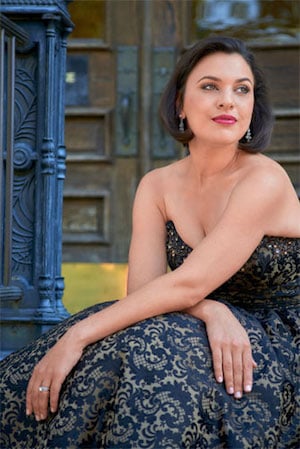
In both parts, Calloway’s characterization was intense. As Catrina, she loaded her recitative with emphases and dips, changes in tone reflecting who or what she was addressing, sharp spoken interjections, and loud declarative phrases. All these reflected the import of the lyrics, and they occurred over weird supernatural accompaniment, with a thunder sheet, shimmering strings, blustering wind swoops, and mysterious clangs. Occasionally the voice was drowned by the accompaniment, but mostly the instruments were kept light and separated enough to avoid this.
Frida, as she’s referred to consistently in the text, gets two pieces of contrasting character. In one, she expresses in laughter of glee her joy in returning to the land of the living on the Day of the Dead. This is set against an accompaniment reflecting lively Mexican pop music in its paired trumpets and use of mallet instruments. The other is a sad acknowledgement that, as a ghost, she is forbidden from embracing her beloved Diego Rivera. The mournfulness is emphasized by this piece being entirely unaccompanied. Here, too, Calloway plunged deeply into her characterization.
That was a mightily stunning performance. Next to it, four songs by Gustav Mahler seemed quite sedate. Two from the Rückert Lieder were short and contemplative, while two from Des Knaben Wunderhorn were larger in scale but lighter in feel, both set to gentle, triple-meter dance rhythms. Mahler is always careful to score his songs lightly, and there was no conflict with the singer here.
In her own voice, Calloway is tightly focused in tone, with a timbre more penetrating than it is beautiful. She sings with great energy and care, putting across such features as an elaborate melisma with grace.
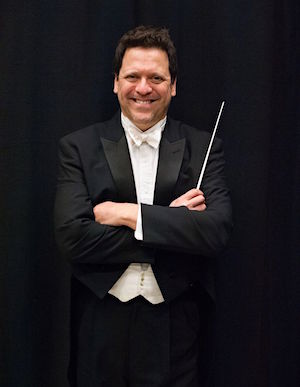
Cabrera surrounded these vocal offerings with two orchestral works by Beethoven: his most renowned piece of this kind, the Fifth Symphony, and one of his least-known, the Overture to The Creatures of Prometheus. The overture, which opened the concert, is early Beethoven, roughly coeval with the First Symphony. Cabrera encouraged the orchestral musicians to play this perky and lively little piece with a touch of the curt brusqueness characteristic of the composer’s more mature work.
Then he had them play the Fifth Symphony as if it were The Creatures of Prometheus. Though played with the same vigor as the overture, and not cut back or restrained in any way, this was altogether the most cheerful rendition of the monumental classic I have heard. Cabrera’s intent was obvious from the beginning, as he took the motto-bound first movement quickly and did not linger on the fermatas. Throughout, the performance was clear and emphatic, with all the lines shining pellucidly through the texture.
This approach increased the spookiness in the third movement transition, as the beating cello and timpani parts stood out. The finale became revelatory. It had all the power traditionally assigned to it, but it refused to bluster or to be weighted down. Instead, it floated along with sanguine effervescence. That’s hard to imagine of this famously stomping movement, but that achievement was the California Symphony’s happy conclusion.

